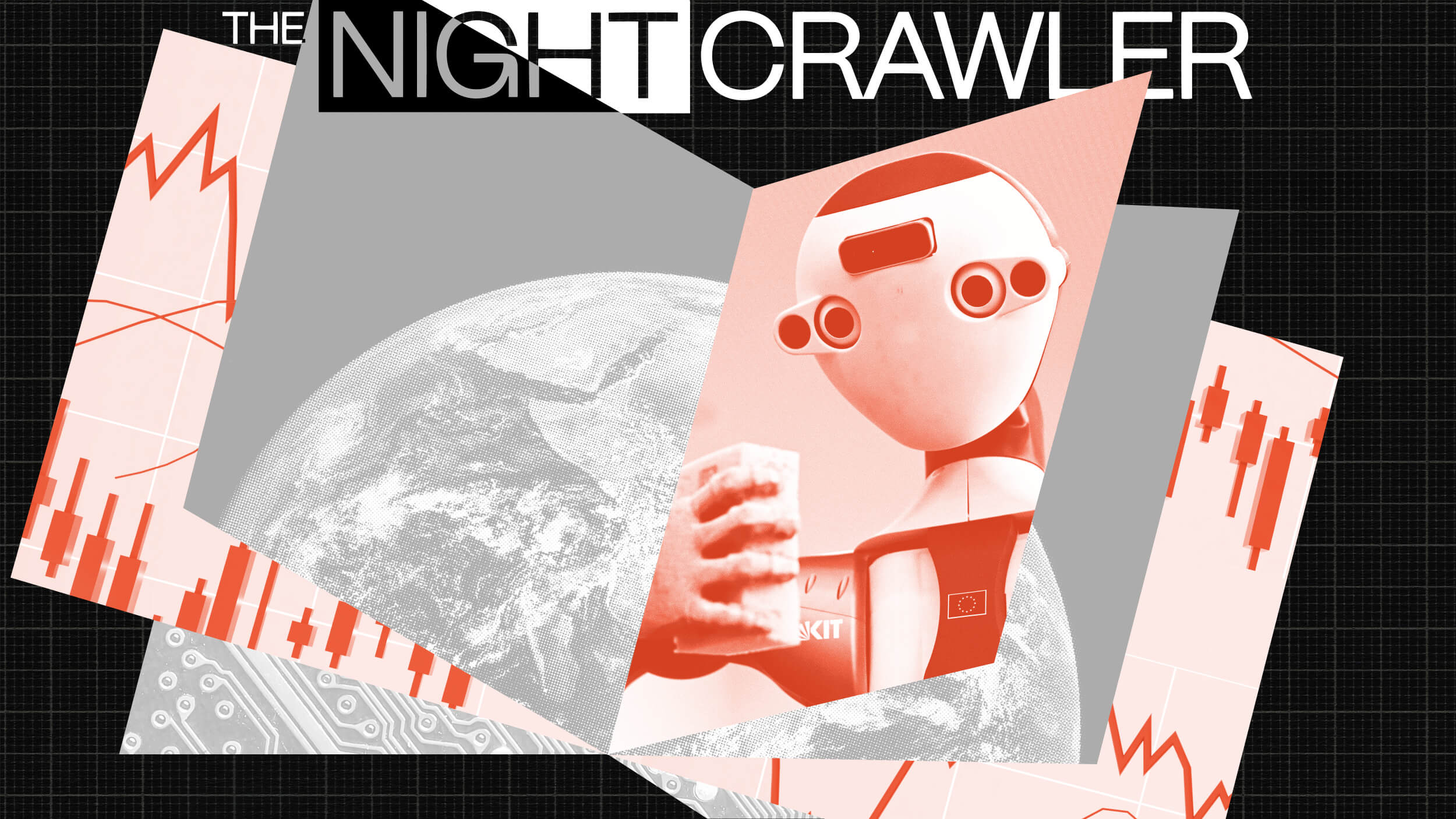Gaynor talks about what to look for.
Mitchell Gaynor: Well there are a number of warning signs that we tell people to look for and it really brings up the distinction, one for breast cancer, self exam is very important, so women should do breast self exam regularly at least once a month and preferably after a shower or during a shower is the best time. They should learn proper self exam from a certified nurse who knows how to do it or from their physician or gynecologist. So that’s a way of picking up cancer early, routine mammography after age 40 it’s very important. Sometimes we’ll do it one mammogram between 35 and 40, you know, to know about what your risks are, for instance, do you have a strong family history of colorectal cancer or breast cancer, should you be genetically tested for a mutation like BRCA1 or BRCA2, which is, you know, mutation that can give you a 50 to 80% lifetime risk of breast cancer or ovarian cancer. You know, if you’ve had a family history of colon cancer, then you wanna be screened earlier and talk to your doctor about maybe even being screened before age 50, if it was a younger first degree relative. So there are a lot of very, very important things to note but, you know, one of the things that is very important for people is, you know, sometimes you’ll feel a lump, sometimes you’ll have a cough, you know, sometimes your voice may change, all those you go see the doctor. But it’s even more important because screening is not the same as prevention, okay. Screening is finding a cancer early, but you still already have the cancer so it’s important but it’s not sufficient. It’s really important to, you know, know what your risks are and to really have a very, very balanced diet, important to really look at what nutrients get the knowledge are gonna be best for you and it’s also important for people to consider, you know, if you’re a particularly higher risk, your doctor may wanna order breast MRIs, breast MRIs can be useful in selected patients, there’s a lot of false positives with those, so they result in a lot of breast biopsies that end up turning out to be negative. As do mammograms, so mammograms can miss some breast cancers, you just don’t see them and sometimes those will be picked up on sonography or MRI, really depends on the risk. So every woman has to make that decision in conjunction with her doctor based on her history and it’s also very important to be seeing your doctor regularly because your doctor may pick up things from the blood tests that you may not notice. So clearly if your weight changes, if you’re having pain, if you feel a mess, your voice changes, you need to go see your doctor. People need to, you know, be aware of things like melanoma, you know, it’s a skin cancer that has increased dramatically over the last 30 years in the incidence. Probably from a lot of the environmental degradation we’re having that’s letting more UV rays hit the earth and ultra violet rays are the leading risk factor for melanoma. So getting your skin checked by a dermatologist at least once a year is very important. The other thing I think it’s critically important for people to know and this gets to a big part of prevention is there’s no difference between your internal environment inside your body and your external environment that we call the world. So all the toxins that are out there are gonna end up in here and so that’s why you wanna be very, very careful in every aspect of your life to minimize the toxins that you’re putting in your body. Hence try and do as much organic as you can, there’s been a lot in the press recently about Bisphenol A or BPA in the hard plastic water bottles and everything and, you know, BPA acts like a weak estrogen in the body, we’ve talked over the course of this interview about how estrogen promotes cancer. So there’s all these chemicals that are weak estrogens, you wanna have as few of those in your body as you possibly can. So the BPA has been used in some dental sealants and some plastic water bottles. You wanna make sure for instance that another type of endocrine disrupting hormone or weak estrogen is found in wraps that when you put on food and then microwave 'em you’re getting a lot of dioxin like compounds going right into your food. You never wanna microwave with soft plastic wrap on top of your food ever. So if you’re gonna cover it, you put a paper plate, you put wax paper, clay coverage, something but not soft plastic wraps for microwaving. So that’s one way of limiting endocrine disrupting hormones. There are endocrine disrupting hormones in some cosmetics called phthalates, those connect like weak estrogens, chlorinated products, you wanna minimize your exposure to, so I tell people to use non bleached coffee filters as much as possible. The non chlorine bleaches, I tell patients are a better choice and when you’re thinking about all these types of things in the environment, if you can think for instance that all the things out there are gonna end up in here. So even for your home, you know, one of the most common weed killers used in lawns can be found in household surfaces within a day and household surfaces include where you brush your teeth, where you prepare your food. So you have to realize that, you know, a lot of these types of chemicals once they’re in your body they may stay there for decades. So DDT can stay in your body for decades and it’s been looked at in breast tissue. The number of either known carcinogens or highly probably carcinogens in a woman’s breast is, you know, at 30 to 40 that have been found. Some studies have shown even higher than that and some of the studies now are showing, now for instance DDT, a lot of people still have DDT deposits in their body, even though it was banned in 1972, it’s a risk factor for breast cancer and premature births and a number of other things. But DDT was first found in breast milk, it was found in 1951, wasn’t banned til 1972. So a lot of women were exposed to it and there are a number of other chemicals, toluene, benzene that are found, pesticide, herbicide residues, many of which have since been banned in human breast milk, in human breast tissue and other research is showing that there’s something called synergy. So some of these are more estrogenic in combination than either one would be alone and I think we need to have more testing in our society before a lot of these substances are released because the most glaring aspect of synergy that many oncologists know about is between asbestos and smoking. So we know somebody who’s been a smoker is 11 times more likely to get lung cancer than someone who never smoked. We know someone who’s been exposed to Asbestos is five times more likely to get lung cancer than somebody who hasn’t been exposed. But if you are a smoker and you’ve been exposed to asbestos your risk isn’t additive, it’s not 16 times greater of getting lung cancer, it’s synergistic, it’s 55 times greater. So we’re
seeing, you know, a lot of the chemicals that are used in high volume that are water released into our air, into our water, a lot of these haven’t been tested and if they have, it’s only one at a time, not the way they’re found in nature and certainly not the way they’re found in the human bodies. So I don’t believe that it’s a coincidence that one in three Americans now are gonna hear the words, “You have cancer.” I don’t think it’s a coincidence either that for instance Japanese women living in Japan have one seventh the incidence of fatal breast cancer that American women do. They’re consuming a lot of things that American women should be but really aren’t yet, things like green tea and seaweed and soy and those type of things. I don’t think it’s any coincidence that Japanese men living in Japan have one 30th the incidence of fatal prostate cancer that American men do. They’re also consuming many of these things and we have to put it in perspective, breast cancer is the leading killer of American women, 35 to 54. More women have died from breast cancer since 1980 in this country than people were killed in-- service men in World War I, World War II, the Vietnam War and the Korean War combined and so we know breast cancer has increased about 20% over the years, the incidence of breast cancer in 1940 was one in 22 women, today the incidence is one in eight and there is a fascinating study that a lot of people have been unaware of by Dr. Mary-Clair King and she looked at old serum samples, she looked at women who where BRCA positive, so they had 50 to 80% lifetime risk of developing breast cancer. She found something fascinating, she went back and looked at old serum samples and found that women that were born before 1940 were significantly less likely, even if they were BRCA positive to develop breast cancer than women born after 1940 when there was this proliferation of endocrine disrupting and other chemicals. Only 5 to 10% of women who develop breast cancer are BRCA positive, that means 90 plus percent have a normal complement of genes okay. And so there are a lot of environmental factors and we need to do everything we can to mitigate them.
Recorded on: 5/13/08





